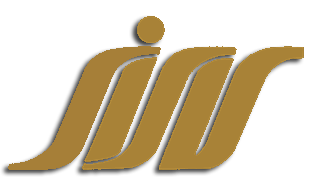Dos and Don't For E-Tendering; A Quantity Surveying Perspective
(By Eugene Seah, Davis Langdon & Seah Singapore Pte Ltd)
Synopsis
The process and legal principles of tendering is part of the everyday life of a Quantity Surveyor (QS). However, with the advancement of technologies, these processes may change. Such advancement has brought E-Tendering into the equation of procurement. E- Tendering, in its essence, does provides the QS with productivity enhancing capabilities. However, if managed in a wrongful manner, it will cause much grievances to both the consultants and the tenderers. This paper looks at the approaches of E-Tendering, the inputs and considerations that QSs (both the consultant and contractor) should take note off and lastly, discusses the use of Electronic Interchange Agreements that sets the protocols of handling information.
General
With the heighten use of technologies, processes in any industry will change and has changed. The construction industry of Singapore has been radically changed by the use of Information Technology (IT) in almost all aspects in the construction process. Examples to cited are the usage of Web based collaboration tools and E-tendering.
The process of tendering is well understood by Quantity Surveyors (QSs). This process has been ingrained in the QS training almost by hard. However, with the coming of E-tendering, the question is will the traditional QS process for tendering still relevant? Would there be additional considerations that is both contractual and essential to effectively facilitate E-tendering? This paper discusses the general considerations for e-tendering and are only meant as a best practice and are non-exhaustive.
Before proceeding with the object of this paper, the author would like to highlight the concept of E-tendering in general. In Singapore, the E-tendering concept is part of the entire paradigm of CORENET, which stands for Construction and Real Estate Network. Aimed at improving the over productivity, efficiency and efficacy of the construction industry of Singapore, CORENET is a government initiative that encourages private and public participation by the various players in the construction industry. The object of E-tendering is to specifically increase the productivity of during the tendering process, decrease paper handling and speed up communication and interaction.
These E-tendering tools usually come in the form of web-based platforms, which are governed by construction exchange portals. Usually nicknamed as Tender Engines, the tender process, which is originally performed manually, is transformed to E-processes and performed over the internet. Bills of Quantities and Work Package breakdowns are uploaded into the tender engine. In some portals which operates on the Construction Industry Firm Electrically (CITE ) format, the tenderer can input the rates and/or quantities in the engine which easily processes the information into intelligent and useful data for the consultant QS to evaluate and report.

